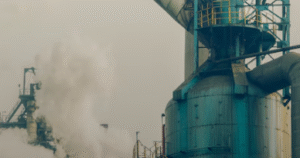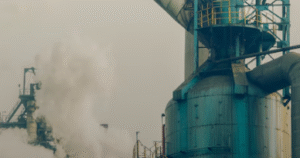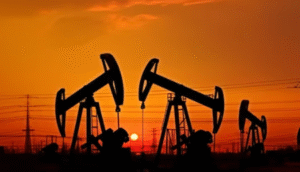$BRNT $RTS $RUB
#Russia #Oil #OPEC #Energy #Markets #BrentCrude #Economy #Investing #Novak #Production #Commodities #Geopolitics
Russia’s oil production in 2025 is expected to decline slightly from 2024 levels as Moscow seeks to offset previous overproduction under its OPEC+ commitments. Deputy Prime Minister Alexander Novak stated that the country anticipates producing between 515 million tons and 520 million tons of oil this year, compared to the 516 million tons produced in 2024. The adjustment comes as Russia aligns with OPEC+ targets, aiming to maintain market stability while avoiding excess supply that could drive global crude prices lower. This move reflects the broader strategy of Russia and its allies within the cartel to manage global oil prices in a period of geopolitical uncertainties and fluctuating demand.
Despite the slight reduction in overall oil output, Russia’s oil processing levels are projected to increase in 2025. This indicates a strategic shift toward refining more crude domestically rather than exporting raw material, potentially adding value to its energy exports. A rise in refining capacity could also bolster Russia’s domestic fuel supply, protecting its market from external price shocks and volatility in global crude prices. However, this could be a double-edged sword, as weaker crude exports may affect Russia’s trade surplus, impacting the ruble ($RUB) against major currencies. Still, the shift aligns with global market dynamics, where refining margins are becoming increasingly crucial due to shifting demand for refined petroleum products over unprocessed crude.
From a market perspective, the slight reduction in Russian oil output could contribute to maintaining current price levels for Brent crude ($BRNT) and other oil benchmarks. If OPEC+ continues disciplined production cuts, this could provide a degree of price support, especially if global economic conditions remain stable. However, geopolitical uncertainty surrounding energy sanctions, supply chain disruptions, and demand fluctuation in major economies such as China and the U.S. will play a critical role in determining market outcomes. Meanwhile, the Russian equity market, represented by indices like the RTS ($RTS), may see minor fluctuations related to energy sector output and potential government policy shifts in response to oil revenue shortfalls.
The ongoing coordination within OPEC+ suggests that Russia remains committed to prioritizing price stability over short-term increases in export volumes. Given the critical role of energy revenues in Russia’s broader economic strategy, any decline in production levels will be closely monitored by investors and policymakers alike. Additionally, the resilience of Russian energy companies in the face of Western sanctions and financial restrictions remains a significant factor. Oil traders and institutional investors will assess whether Russia’s shift toward refining could lead to increased competition in global fuel exports or a potential strategic pivot in its energy partnerships. Ultimately, the balance between production cuts, domestic processing, and international market conditions will determine how Russia navigates its role in the global oil industry in 2025.











Comments are closed.